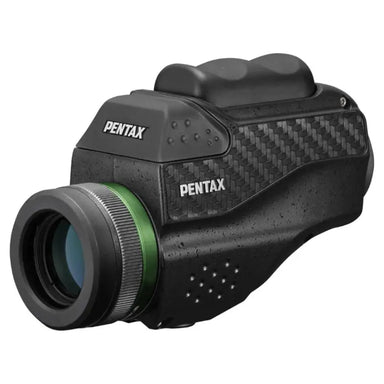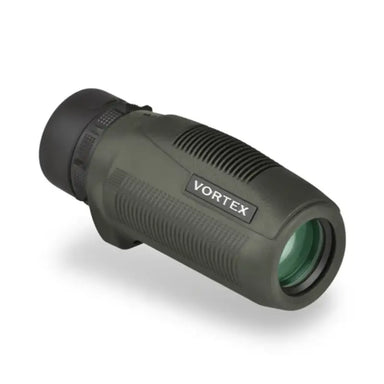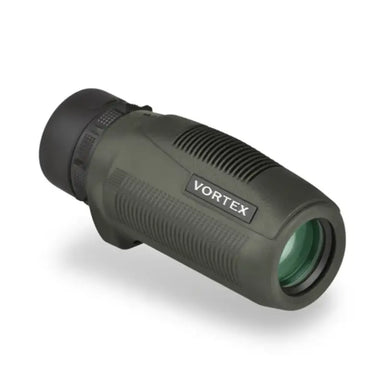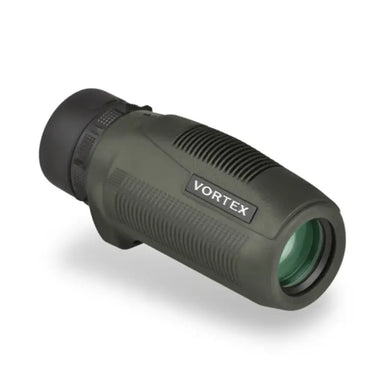
VORTEX SOLO 8x36
Description Built to be carried as a standard piece of equipment, close-at-hand, the Solo monocular gives you a closer look when you need it. A...
View full detailsTrading : 7am to 5pm (Mon-Sun)
Call Us : (03) 7071 0777
Email Us : sales@primalhunter.com.au
NEED HELP?
Hours: 7am-5pm (Mon-Sun)
Ph: (03) 7071 0777
E:sales@primalhunter.com.au
Binoculars too bulky? Spotters too heavy?
Ditch the weight, not the clarity. Our monoculars deliver sharp, long-range vision in a lightweight frame.
Explore now and hunt hard, travel light!
Have a general question about monoculars? The answer to your question might be covered in our FAQs section at the bottom of the page, check it out!

 Save $-250.00
Save $-250.00
Description Built to be carried as a standard piece of equipment, close-at-hand, the Solo monocular gives you a closer look when you need it. A...
View full details Save $-198.00
Save $-198.00
Vixen Multi 6x16 Monocular The most versatile 6× magnification. Great for use at museums and exhibits. A great gift for that hard to please person....
View full details Save $-177.00
Save $-177.00
Vixen Multi 4x12 Monocular The extended 15mm long eye-relief It can be use for capable of relieving fatigue of the eye, even when observation is co...
View full details Save $-249.00
Save $-249.00
Pentax VM 6x21 WP Monocular At a glance Phase-Corrected Roof Prisms Anti-Reflection Fully Multicoated Short 5' Close Focus Distance One-Hand Rocki...
View full details Save $-139.00
Save $-139.00
Description Packing super light? Then take a closer look at the all-new 8x25 Solo monocular. Weighing in at less than six ounces, is there any ...
View full details Save $-249.00
Save $-249.00
Description Built to be carried as a standard piece of equipment, close-at-hand, the Solo monocular gives you a closer look when you need it. A...
View full details Save $-300.00
Save $-300.00
Description Ultra-compact and lightweight, the Solo Tactical R/T monocular delivers big-time optical quality in a palm-sized package. Built to ...
View full details Save $-165.00
Save $-165.00
Description Packing super light? Then take a closer look at the all-new 10x25 Solo monocular. Weighing in at less than six ounces, is there any ...
View full details Save $-1,045.00
Save $-1,045.00
Vixen ATERA 6-12x25 Stabilised Zoom Monocular - Champagne Gold At a glance ±3° Vibration Compensation BK7 Primary Prism with BAK4 Secondary Phase ...
View full detailsSHOP BY CONCERN
Yes, monocular telescopes are a great option for those who want a compact, lightweight alternative to binoculars or full-sized scopes. They offer excellent magnification and clarity for spotting game, observing nature, or general outdoor use—especially when portability matters. While they typically have a narrower field of view than binoculars, high-quality monoculars provide sharp detail and reliable performance, making them a solid choice for hunters, hikers, and outdoor enthusiasts who value minimal gear without sacrificing visibility.
The best monocular magnification depends on how and where you’ll use it. For most hunting and outdoor activities, 8x to 10x magnification strikes the right balance between zoom power and image stability. Higher magnification like 12x or more offers greater detail at long range but can be harder to keep steady without a tripod. For handheld use in the bush, a compact 8x or 10x monocular is ideal—offering clear, wide views without too much shake or bulk.
Whether a monocular or binocular is better depends on your needs. Monoculars are lightweight, compact, and ideal for quick spotting and single-eye use—perfect for hunters, hikers, or anyone prioritising minimal gear. Binoculars, on the other hand, offer a wider field of view and better depth perception, making them great for extended viewing sessions like birdwatching. If you value portability and simplicity, go with a monocular; if comfort and immersion matter more, binoculars may be the better choice.
The best monocular depends on your intended use, but a quality model should offer 8x to 12x magnification, a wide field of view, and multi-coated lenses for clear, bright images. For hunters and outdoor use, look for features like waterproofing, fog resistance, and a rugged, lightweight design. Choose one that balances optical clarity, durability, and portability to suit your specific needs.
In monoculars, the numbers (e.g., 10x42) represent magnification and objective lens diameter. The first number (10x) means the image appears 10 times closer than with the naked eye. The second number (42) refers to the size of the front lens in millimetres, which affects brightness and field of view. A larger lens lets in more light, ideal for low-light conditions, but may be heavier. So, 10x42 means 10x magnification with a 42mm lens—offering a good balance of zoom and clarity.
To use monoculars, hold the device steady with one hand, bringing the eyepiece up to your dominant eye. Adjust the focus ring or dial until the image becomes sharp and clear. For best results, keep both eyes open to reduce strain, and use a tripod or stable surface for higher magnifications to avoid shakiness. Practice scanning slowly to spot targets, and store your monocular in a protective case when not in use to keep lenses clean and safe.

